
Artist Adjo Kisser speaks to CKR Researcher, Amogelang Maledu about collective art practices
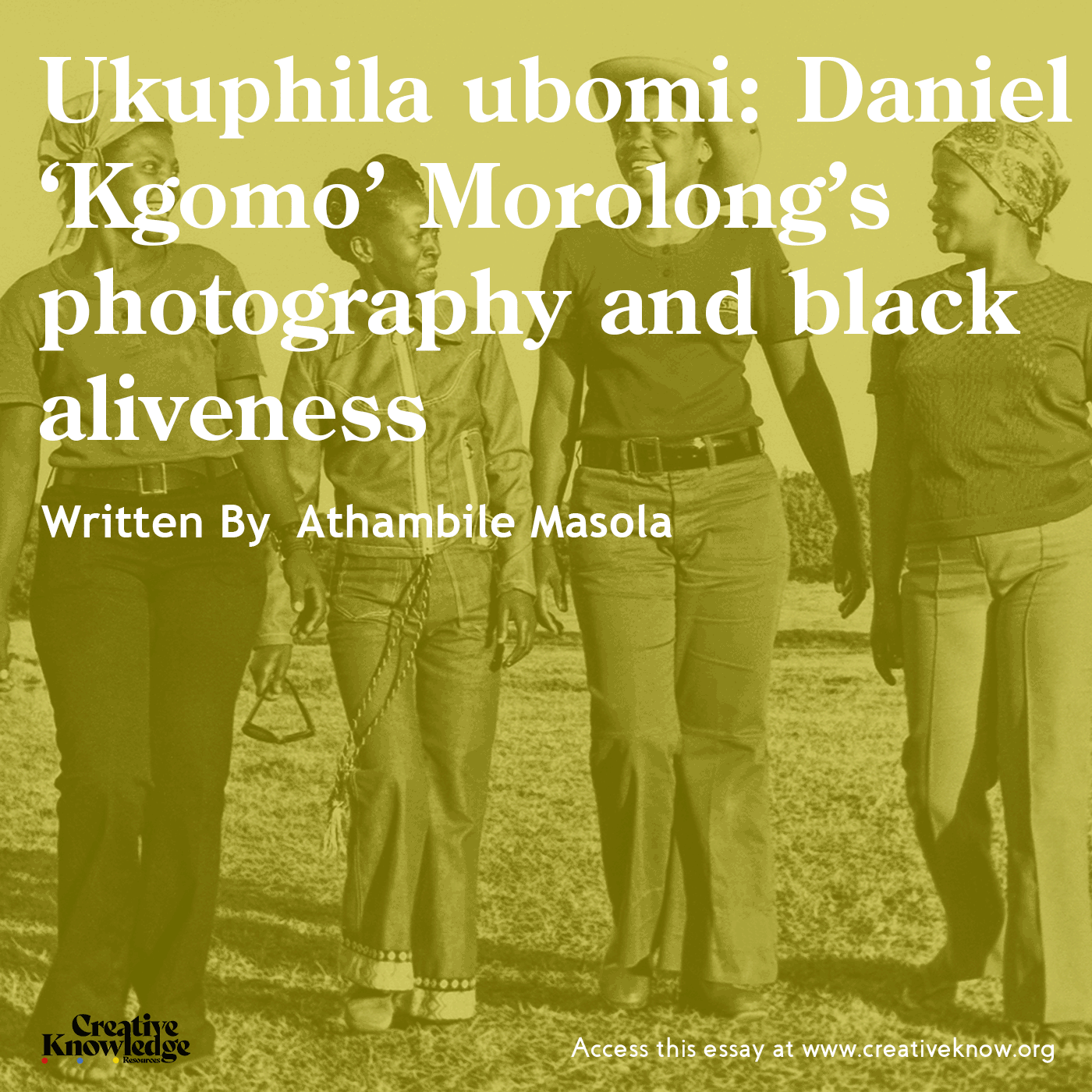
Ukuphila ubomi: Daniel ‘Kgomo’ Morolong’s photography and black aliveness
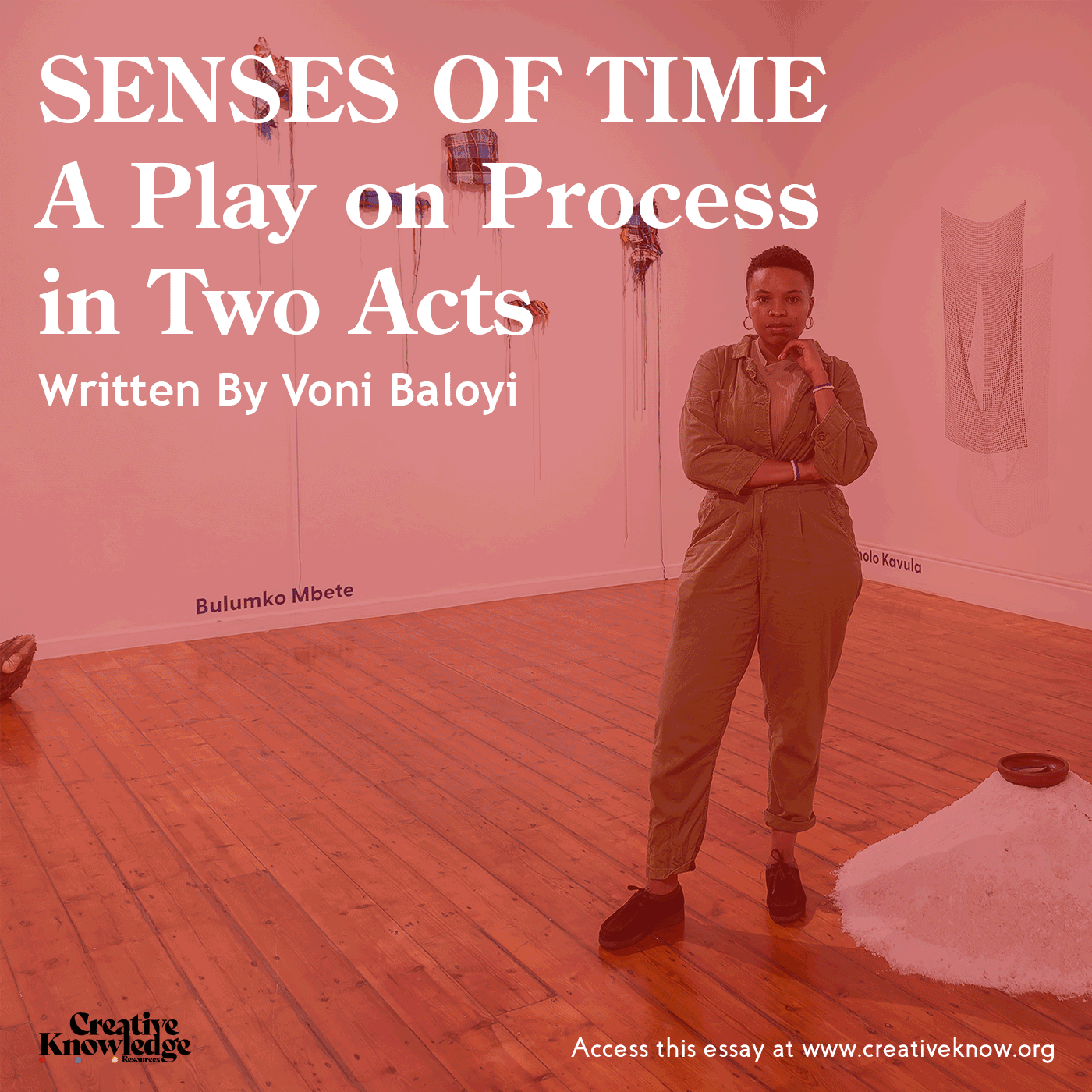
SENSES OF TIME: A Play on Process in Two Acts

Review: In the Wake Featuring Container
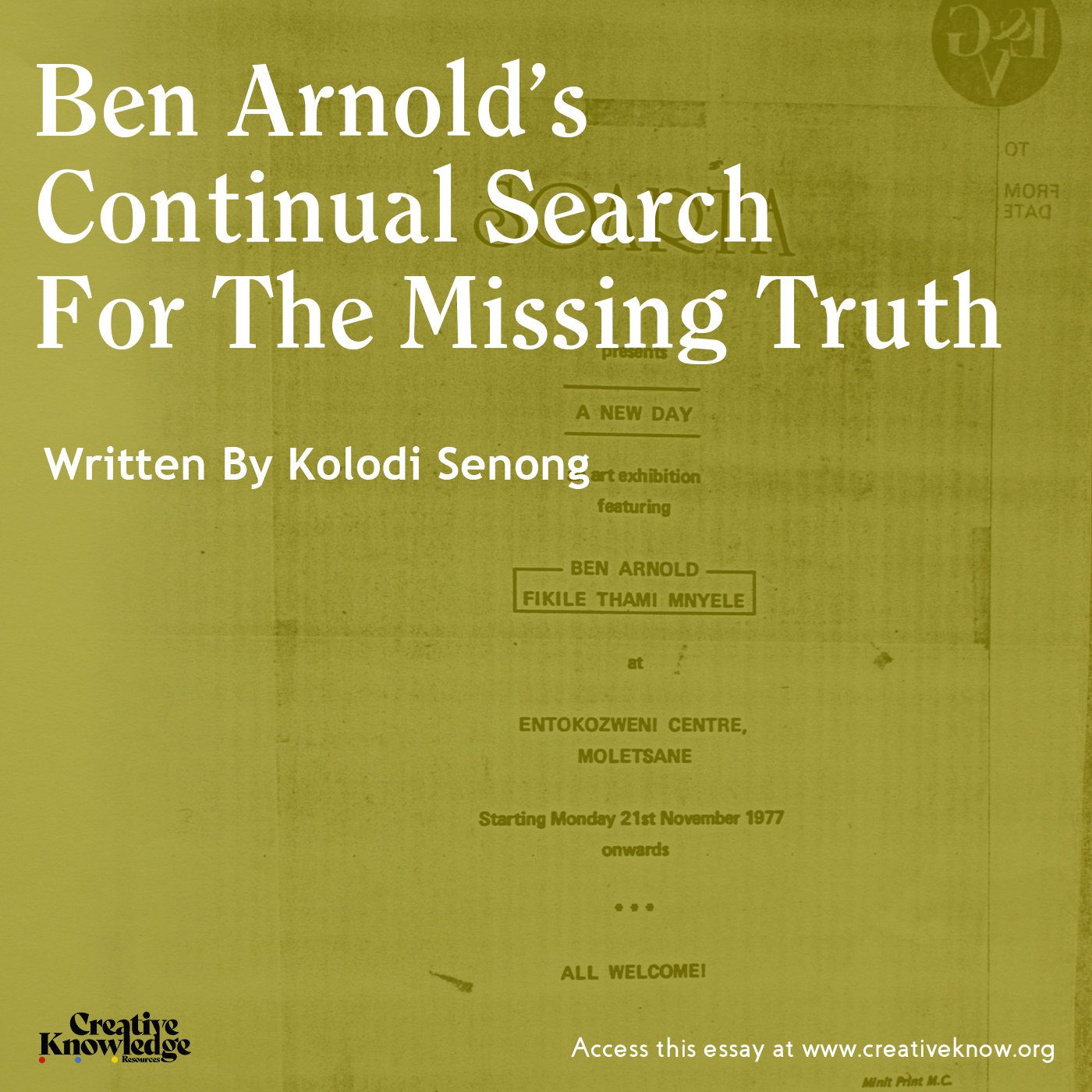
Ben Arnold’s Continual Search For The Missing Truth

Water as Rhizomatic Impulse
Emmett Till rides the crest of the Pearl, whistling
24 years his ghost lay like the shade of a raped woman
and a white girl has grown older in costly honour
(what did she pay to never know its price?)
now the Pearl River speaks its muddy judgement
and I can withhold my pity and my bread – Audre Lorde, “Afterimages”
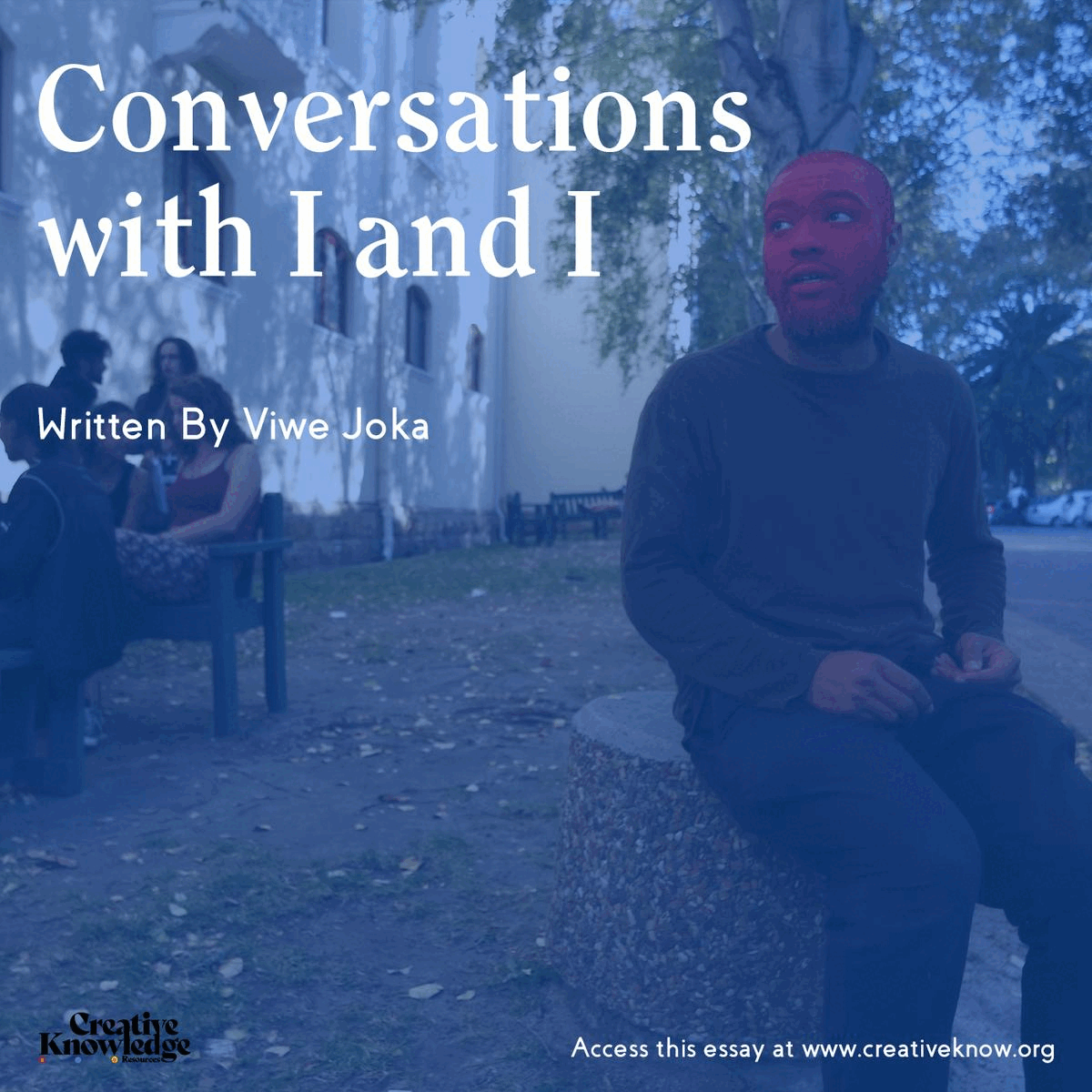
Conversations with I and I
The truest thing we can say about existence is that we never saw it coming, but we can see it going. An honest account of existence does not happen ‘once upon a time’ or ‘in the beginning’. It happens suddenly. We are the ‘all of a sudden’. Presence emerges spontaneously, and the ultimate genesis is divine surprise. We don’t start, but are startled into process. This is the en-trance: the great initiation into embodiment. In isiXhosa, the body is called ‘umzimba’, which alludes to an abrupt shutting off (mba!) from unboundedness, into the cosmic home (umzi) of space-time. It comes as a shock, and goes as the shade.

Ukuzilanda ngobugcisa:
Art , n. (creation or expression of what is beautiful) umsebenzi wobugcisa/wobuchule; (skill or aptitude in expressing what is beautiful) ubuchule bokudala izinto ezintle…the fine arts (painting)ukuzoba; (drawing) ukuyila; (sculpture) ukuqingqa…
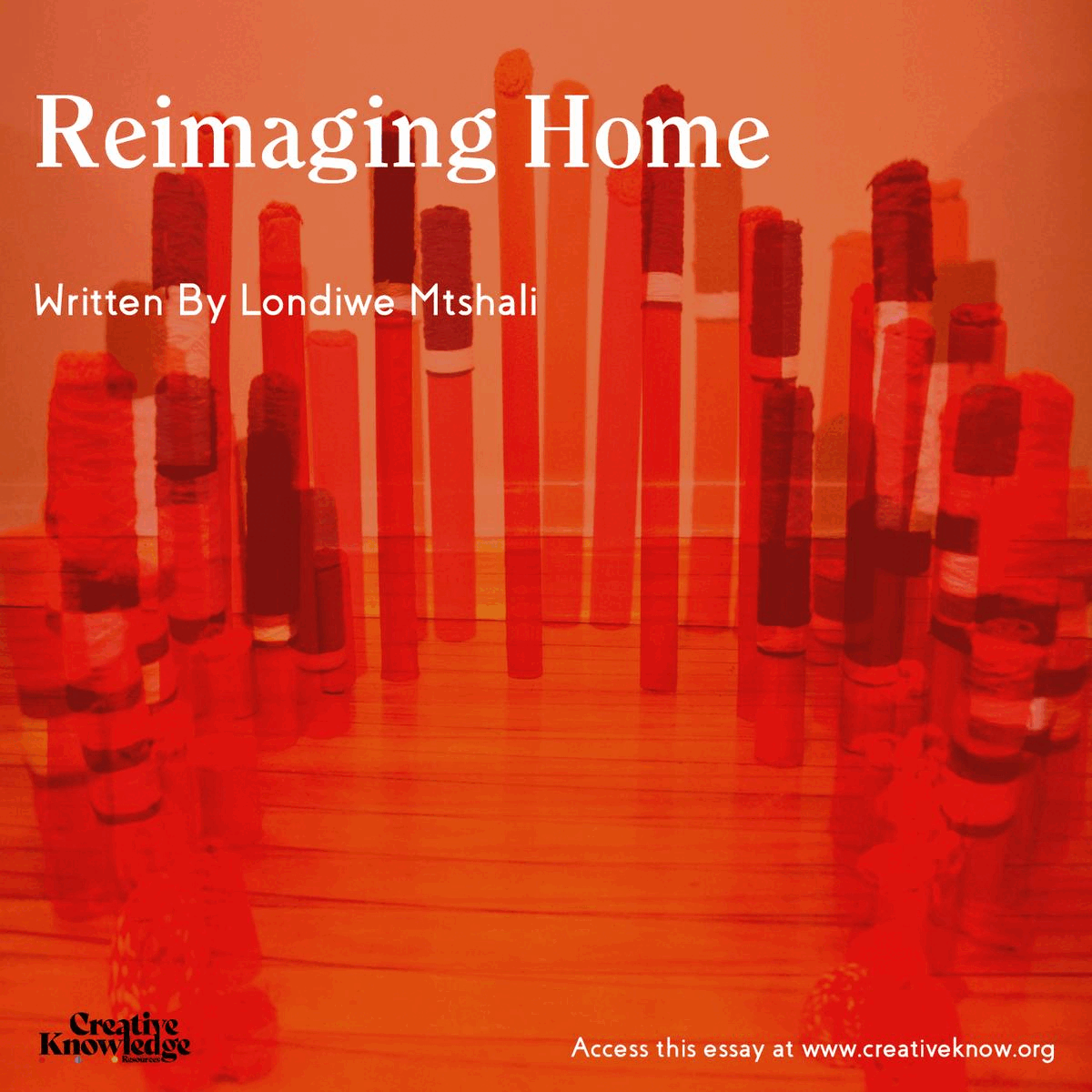
Reimaging Home
In this essay I will focus on the exploration of home and homemaking in Art. I will be discussing the main points from bell hooks’ Yearning: Race, Gender and Cultural Politics to link the works of two artists Ncumisa Mcitwa and Londiwe Mtshali- whose work encapsulates and illustrates the theoretical notions developed by hooks. I will also be comparing the theoretical key points from hooks’ text and then I will illustrate how Mcitwa and Mtshali’s work encapsulates the theoretical notions that underpin the text that I will be looking at.
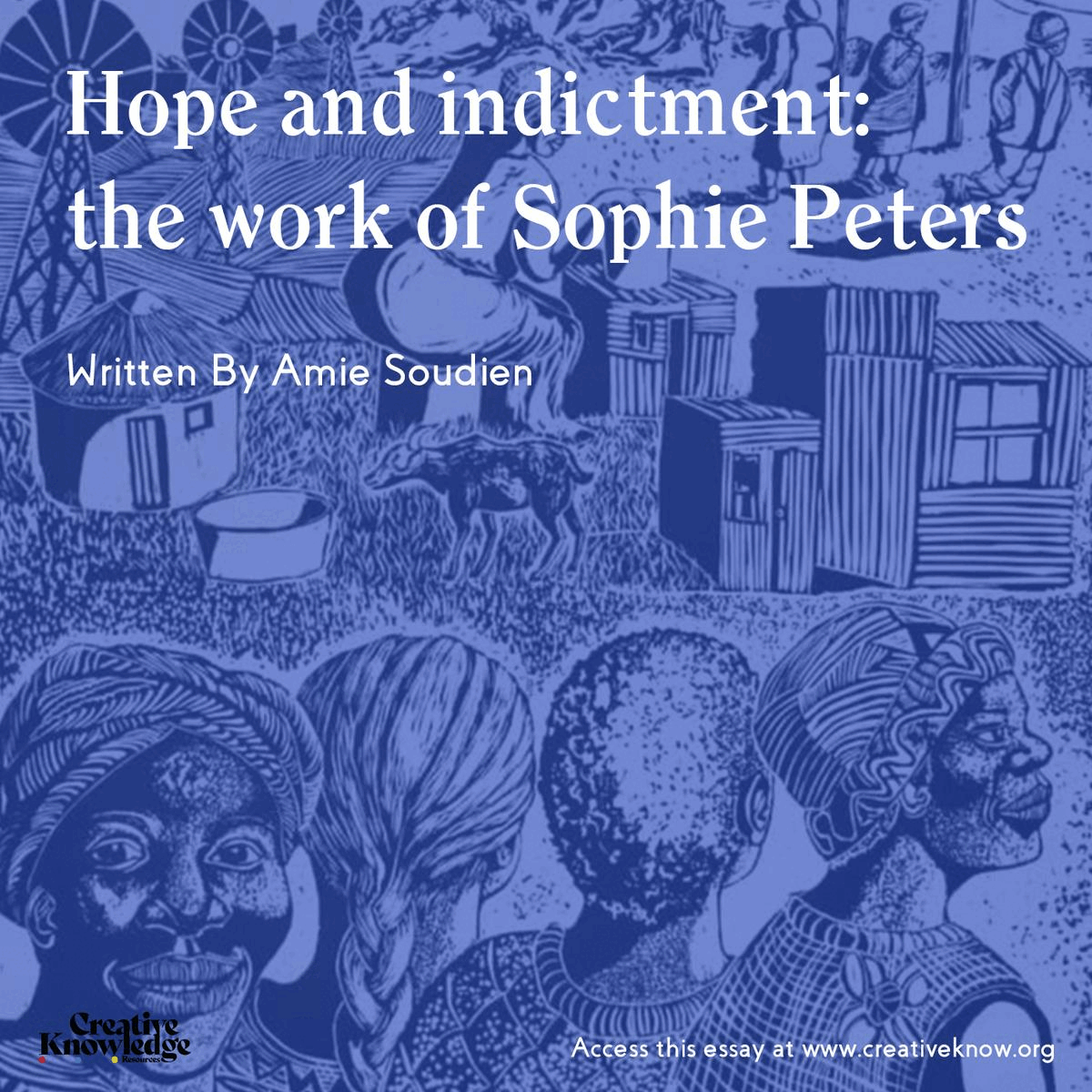
Hope and indictment: the work of Sophie Peters
Sophie Peters’ work is closely intertwined with the act of storytelling. Stemming from the artist’s perspective as an unflinching witness to the circumstances of those around her, implicit in nearly all of Peters’ work is what could be described, in the words of Sipho Mdanda, as the “everyday consequences of apartheid” (2011, p. 19). Peters’ frequent representation of the quotidian alongside scenes of dramatic and spectacular (but nonetheless realistic) violence serves to explore the “daily struggle for survival and for [the] dignity of ordinary people”, as well as the commonplace nature of violence in peoples’ everyday experience (ibid.). As Peters’ career has developed into the present, apartheid’s legacies continue to operate as underlying presences in the work, and her themes gesture towards a hopeful, more equitable future.

Why Affect: Thenjiwe Niki Nkosi
Shifting through my senses I recall, a protracted quietude, then a medley of crackles and fizzes. Then, “I don’t wanna foreshadow anything here, but she has not just this week, but in warm-ups today, really had a tough go.” The commentator continues while the artist reverberates their voice to sound like a pulsating echo, “momentum is really not feeling the right way for her tonight as well.” This is the voice we hear in Thenjiwe Niki Nkosi's sound installation titled Chorus, a part of Landings, Thenjiwe Niki Nkosi’s latest exhibition at Stevenson Gallery, Cape Town. Chorus offers auditory senses of commentary amongst crowds clattering and competition readiness.

A conversational interview between researcher and scholar, Candice Jansen and multidisciplinary artist, Lallitha Jawahirilal
Lallitha Jawahirilal (b.1951) is a multi-award-winning South African artist. Her paintings, poetry and collage centre aspects of the natural and spiritual world, the nature of identity and the ongoing need for historical transformation. Jawahirilal left South Africa during the 1970s and stayed in London where she trained at the Camberwell School of Art and Design with a First-Class Honours (1984-1987) before graduating with a Masters Degree in Painting from the Royal College of Art (1987-1989). The South African exile and anti-apartheid communities in London helped foster Jawahirilal’s socially-engaged practice as an activist, complemented by the critical and commercial acclaim that she achieved early in her career. She returned to South Africa, along with other exiles, after the formal end of apartheid and took up teaching positions at the former University of Durban-Westville’s (UDW) Art Department (1994-2000). Jawahirilal’s works have been widely collected and exhibited both nationally and abroad for more than three decades. She has been recognised with numerous awards and residencies, including the Pollock Krasner Award (1992), the Elizabeth Foundation Award (1994), Artist in Residence at Monash University (2001), Delfina Studios (1989-1992), the Staffrider Merit Award (1989) and the Casa Manilva Residency (1992). Jawahirilal lives between her hometown of Ladysmith, KwaZulu-Natal and Puttaparthi, India. She still paints for her own pleasure and lives a spiritually observant life, following the teachings of Guru Sathya Sai Baba and Guru Shivanand Swami from Matri Sadan. South African writer, Dr. Candice Jansen speaks with Jawahirilal about her life and work.

The Love of Writing, or Writing as Love/r:Collaborative Writing as Shared Visual Art Studio Practice
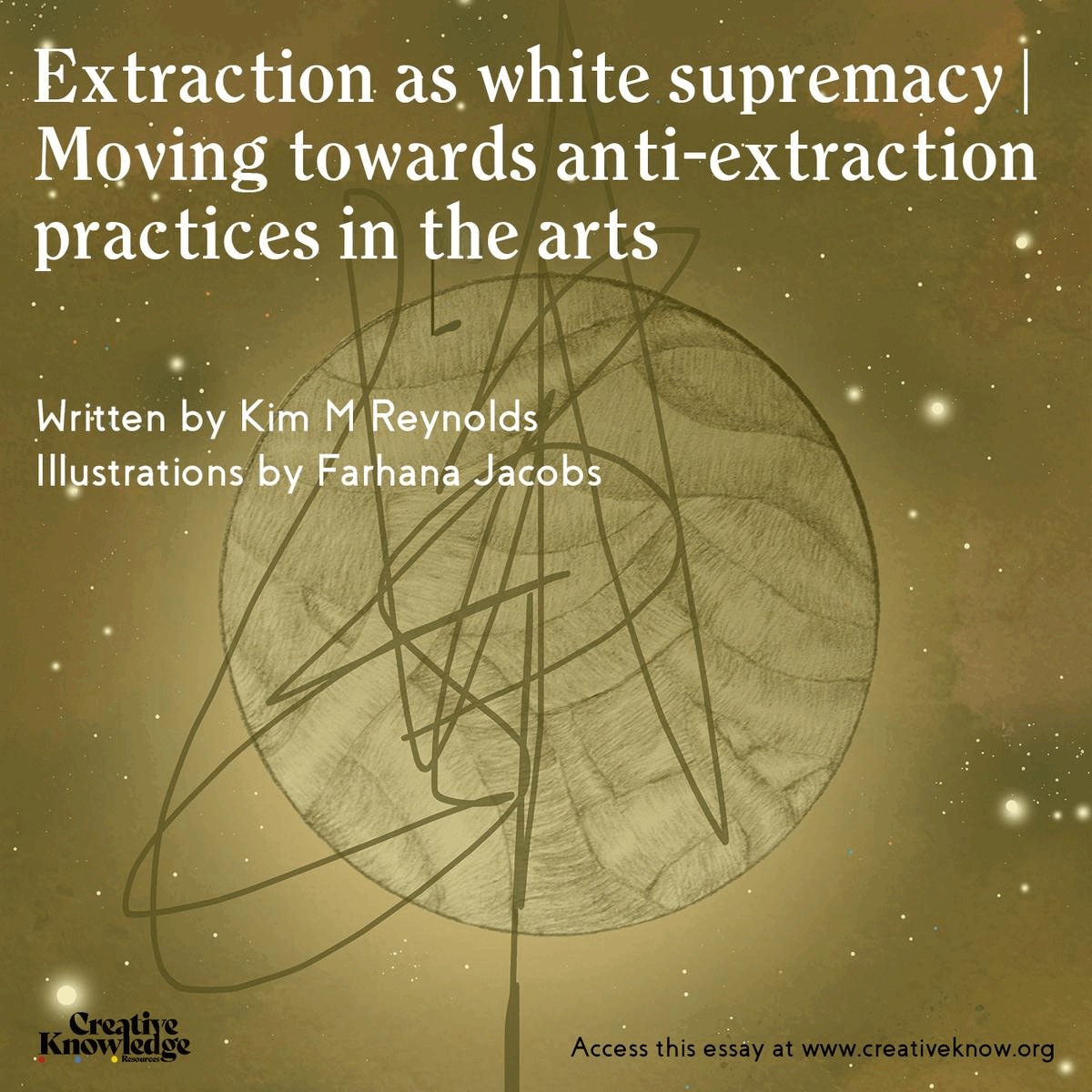
Extraction as white supremacy | Moving towards anti-extraction practices in the arts
White supremacy, as a system of thought and action, relies on a number of interconnected pillars, seen and unseen, named and unnamed. All contribute to the project of domination.
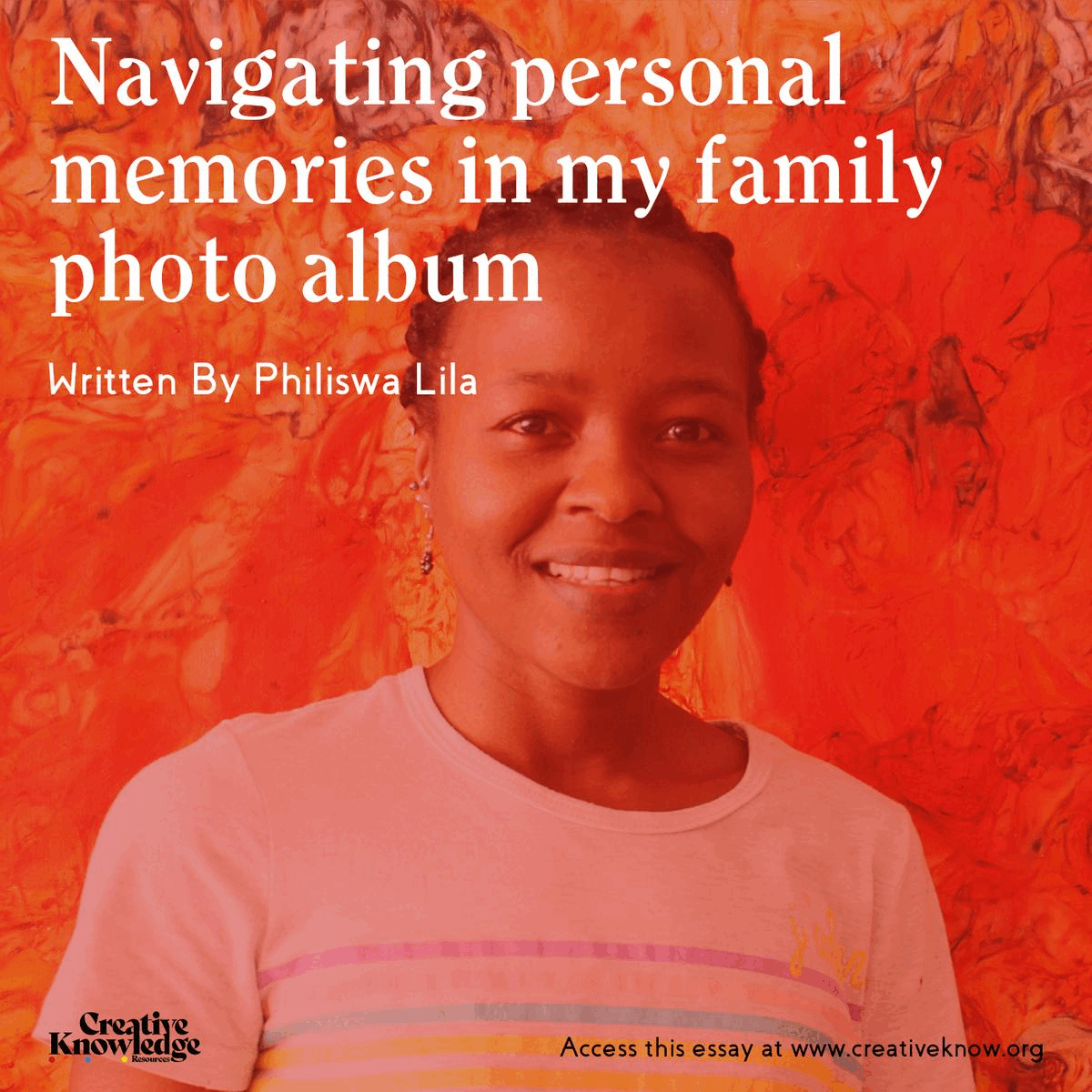
Navigating personal memories in my family photo album
A photo album is an object and visual material that performs memory. An album holds significant encounters that expose traces and residues of moments in time and space.

South Africa’s Unresolved National Question: The seeds of a new movement and the challenges for socially-engaged artists
It is undeniable in South Africa today that black artists have become central to a range of artistic endeavours and sites.
